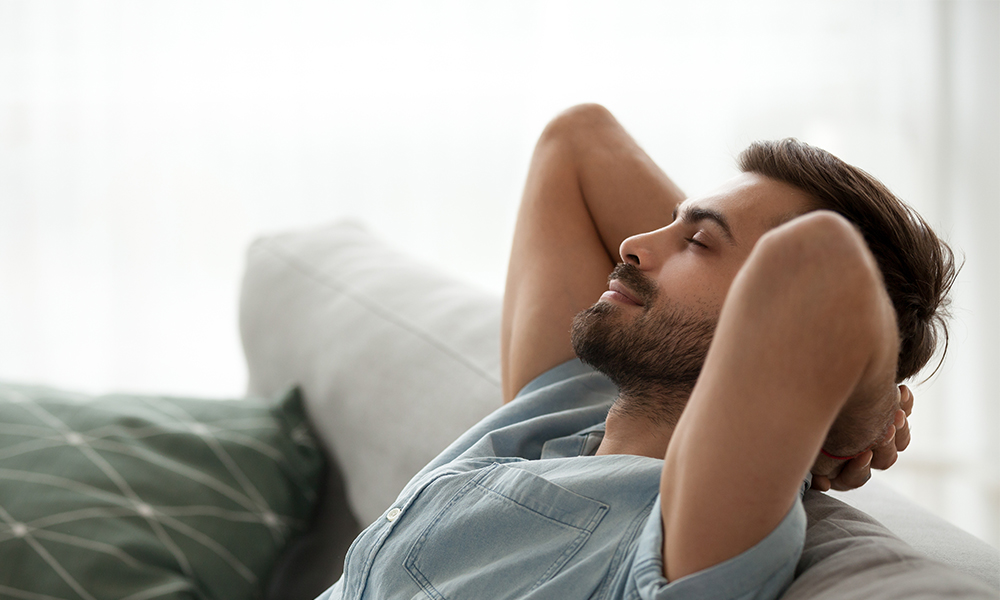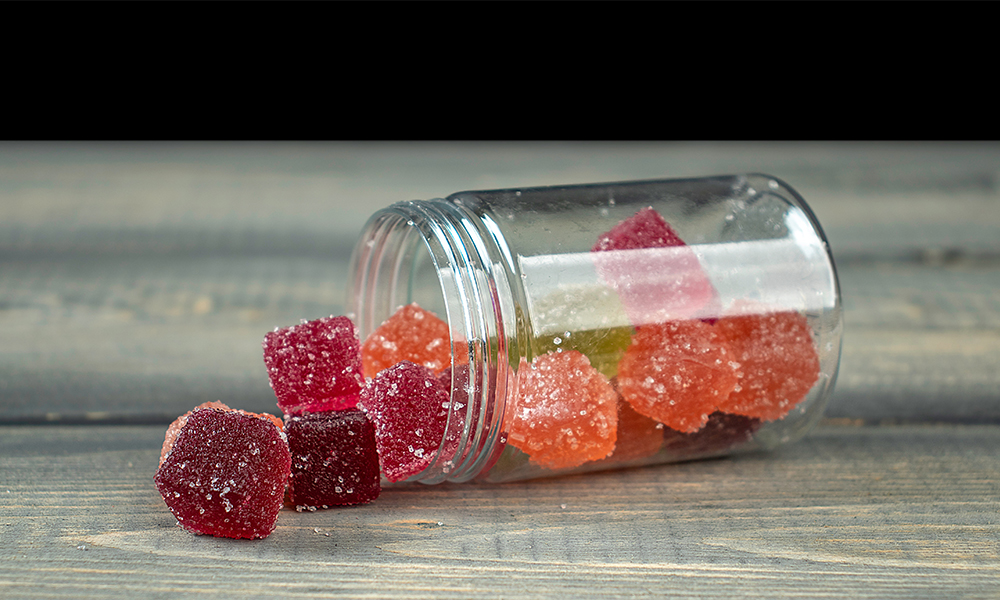Sometimes, a little can be a lot. That’s the idea behind microdosing cannabis, a technique that’s becoming increasingly popular with cannabis users.
People turn to cannabis to treat a variety of medical and mental health challenges including chronic pain, Parkinson’s disease, glaucoma, anxiety, and depression. Some people go the medical marijuana route and have their doses determined by doctors, but others self-diagnose and self-prescribe. Cannabis dosing is a complex and highly individualized process.
Some people just start dosing themselves with as much as they can comfortably tolerate. This technique is relatively safe, especially if you know how much you can handle without any ill effects. Still, though, it might not get you the results you want. That’s why many experts recommend that you look for the lowest effective dose—a strategy known as microdosing.
The Therapeutic Window
Cannabis experts and prescribing physicians talk about something called the “therapeutic window”—a sweet spot in which the cannabis has the desired effect without any unwanted side effects, such as dizziness or drowsiness.
The problem with dosing based on the therapeutic window is that it’s easy to end up on the high side of that range. You’re experiencing relief, but it might not be as helpful as a lower dose. Meanwhile, you’re building tolerance to cannabis, causing it to become less effective over time.
The Science
Microdosing cannabis helps to prevent this tolerance effect by keeping you at the lowest effective dose. That doesn’t mean the least effective dose—just the opposite. Several studies have revealed that when patients receive low, medium, or high doses of cannabis, those receiving lower effective doses have more symptom improvements.
Microdosing doesn’t just inhibit the tolerance response, either. Research indicates that when you use the lowest effective dose of cannabis, your body may increase its own natural production of endocannabinoids, effectively teaching your system how to heal itself.
How to Start Microdosing Cannabis
The “micro” in microdosing is the most important part. Most people find that 1 to 5 mg does the trick. Just don’t fall into the trap of taking more if you don’t feel anything right away. Wait at least 20 minutes to assess how your body responds.
One expert suggests that you start with a single milligram and wait for a full 45 minutes. After that, you can add a milligram if you haven’t felt any effects, but wait another 24 hours before you add another.
If you’re already a heavy user with tolerance to cannabis, you can still microdose. However, you’ll need to reset your system first: abstain from cannabis for 48 hours, then start with a very low dose.
Either way, observation is the key to microdosing cannabis. Everyone reacts differently, so document how you feel with each dose. That way, if you increase your dose by too much at any point, you can easily go back to that lowest effective amount.
Pay attention to what strains you’re using as well. The amount of THC versus CBD that is in a dose can affect how your body reacts. Your body chemistry and weight will also play a factor. For the best results, consult a doctor before you start a dosing plan.


